- Typology
- Exhibition
- Project
- How Soon is Now? XXX
- Partner
Andrijana Ivanda with Arno Brandlhuber, Alexander Görg & Caspar Viereckel
- year
- 2014
- Location
- Galerie Judin, Potsamder Straße, Tiergarten,, Bezirk Mitte, Berlin, Deutschland
- Exhibition
- graphic design
- Sarah Lamparter (Otto Sauhaus)
- freelance assistance
- Tobias Hönig, Martha Michalski & Marco Wagner
 XXX
XXX
Fig.___A exhibition with contributions by : Barkow Leibinger /// Brandlhuber+ Görg, Ivanda, Viereckel /// Jesko Fezer with Studio for Experimental Design /// Christoph Gengnagel /// Fehling & Gogel /// Gonzalez Haase AAS /// Konstantin Grcic /// J. Mayer H. with Marc Kushner /// June-14 | Meyer-Grohbrügge & Chermayeff /// Ludwig Leo /// Sauerbruch Hutton /// Something Fantastic with Friedemann Heckel
© Something Fantastic
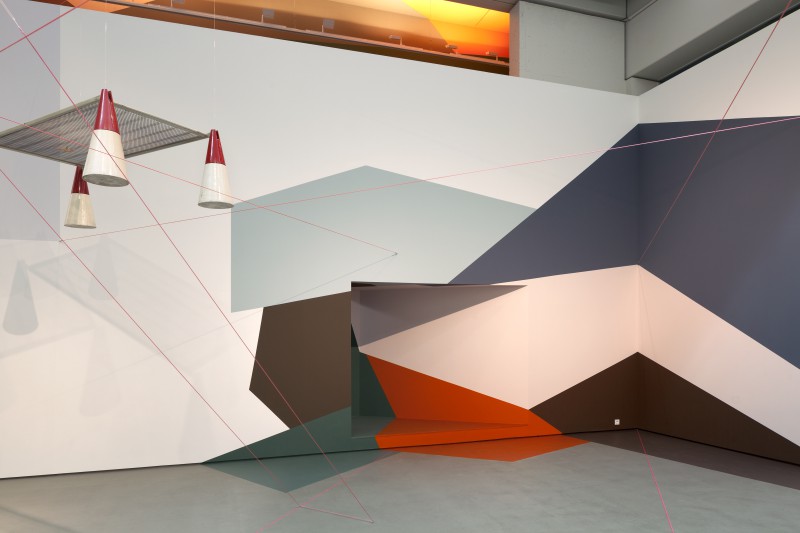 XXX
XXX
Fig.___The 1:1-wireframe-model towards North with Ludwig Leo's 'CO-OP-bed' and Sauerbruch Hutton's intervention.
© Jan Bitter
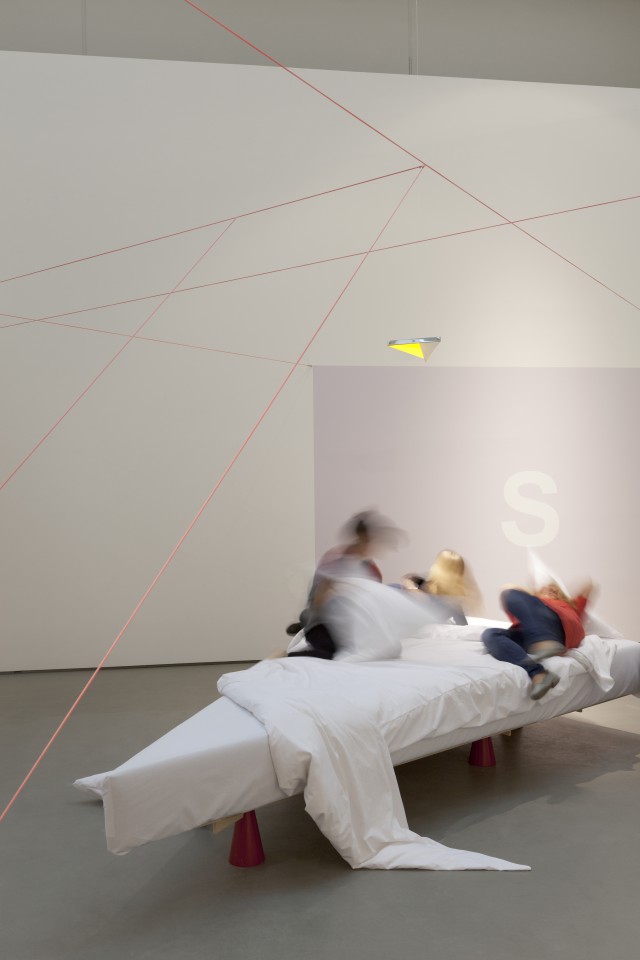 XXX
XXX
Fig.___The 1:1-wireframe-model towards south with June 14's 'Triangular bed.'
© Jan Bitter
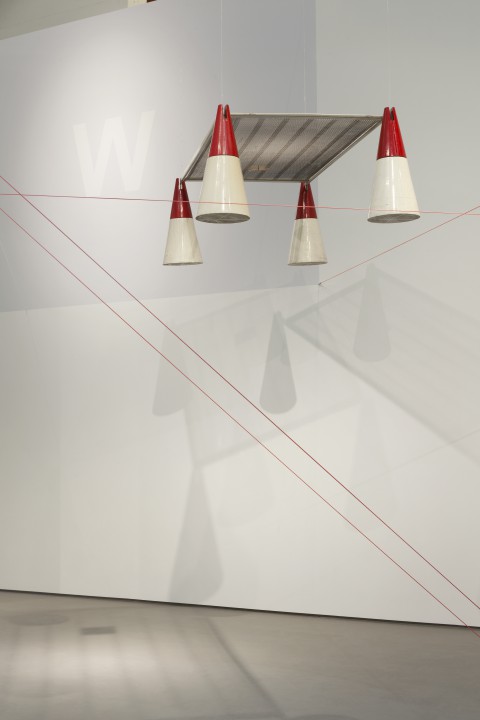 XXX
XXX
Fig.___The 1:1-wireframe-model towards West with Ludwig Leo's 'CO-OP-bed.'
© Jan Bitter
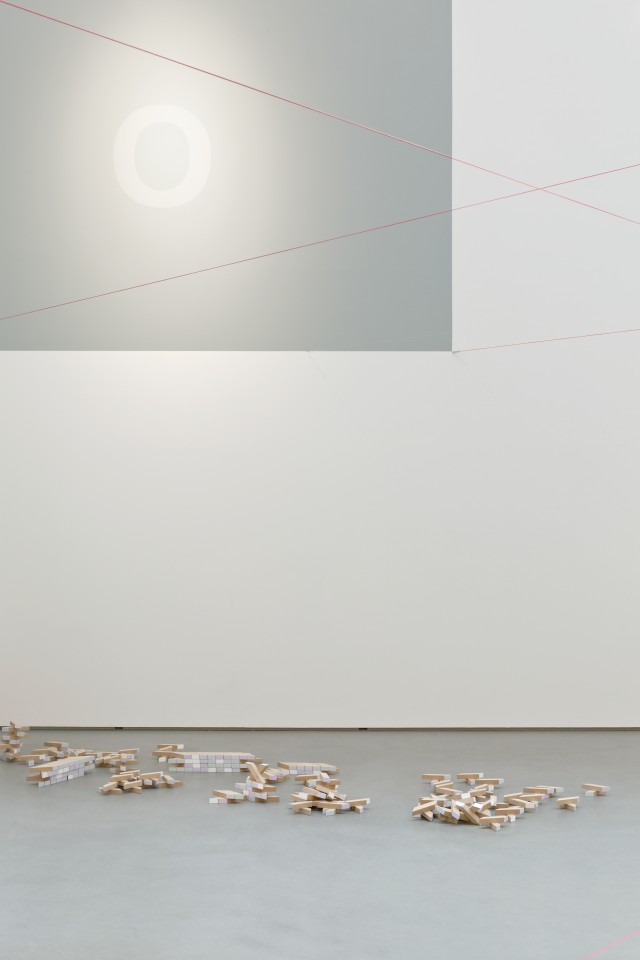 XXX
XXX
Fig.___The 1:1-wireframe-model towards East with the small-scale models of the 6,50€/m2-Apartment.
© Jan Bitter
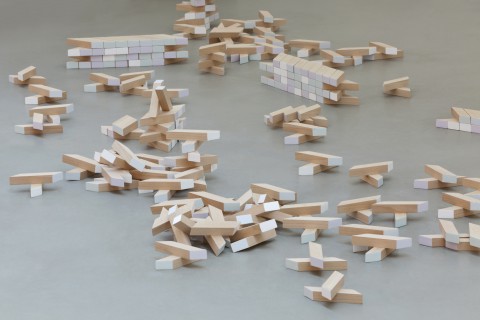 XXX
XXX
Fig.___Small-scale models of the 6,50€/m2-Apartment.
© Jan Bitter
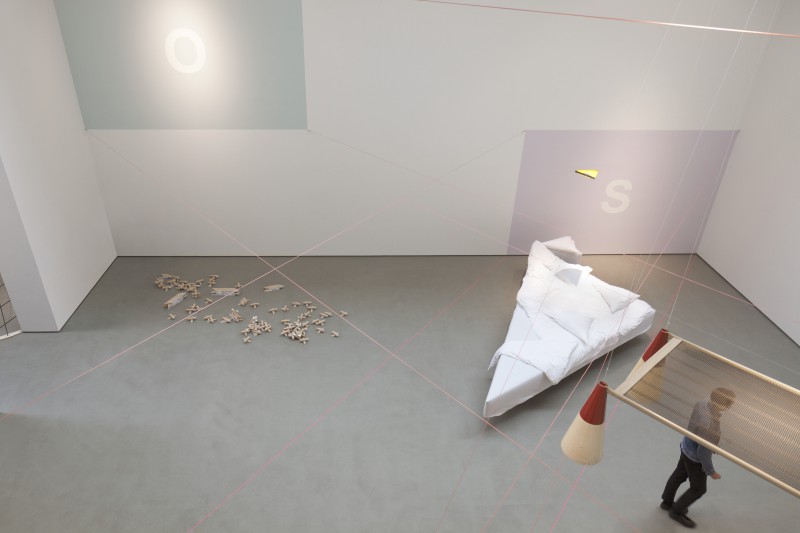 XXX
XXX
Fig.___© Jan Bitter
 XXX
XXX
Fig.___The furnishing of the 1:1-wireframe-model comes from the warehouse of Bauhaus in Dessau where some of Ludwig Leo's furniture from his Berlin flat was brought to after his dead by Philipp Oswalt. Beside the bed-system chosen for the exhibition, Bauhaus also stores Leo's famous floor-kitchen.
© c/o now
 XXX
XXX
Fig.___© c/o now
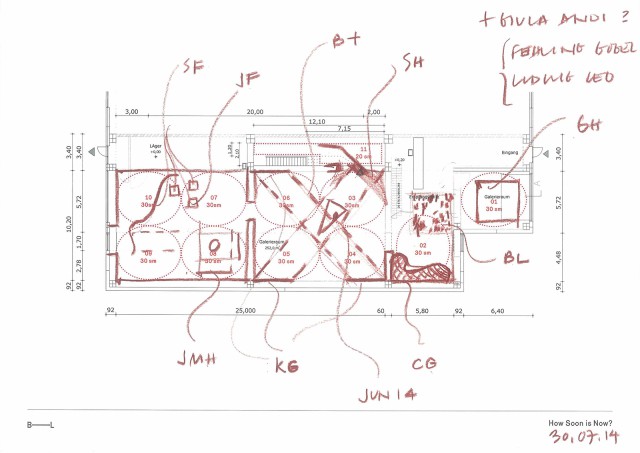 XXX
XXX
Fig.___Sketch by Frank Barkow dividing the galleries space between the participants.
© Frank Barkow, Barkow Leibinger
HOW SOON IS NOW – an exhibition by a group of 12 Berlin-based studios of architects, designers and engineers – revisits some themes of the legendary exhibition This Is Tomorrow held at the Whitechapel Art Gallery in London in 1956.
Given today’s range of contemporary social, economic and ecological issues in combination with the acceleration of technological change, we are positioned in an inclusive and complex time. If yesterday’s tomorrow is not today, how soon is now? What values and possibilities can we imagine with a more speculative approach that is unburdened by the constraints of everyday practice? The exhibition will discuss – through spatial interventions and manifestos – what today’s sensibilities and needs might be and where they might be leading. Speculating in antagonistic collaboration HOW SOON IS NOW – initiated by Frank Barkow, Arno Brandlhuber and Sam Chermayeff – sets up a programme for the future.
6,50€/m2-Apartment: Modified for HOW SOON IS NOW and based on the „housing subsidy provisions in Berlin in 2014 (WFB 2014)“, VierRichtungsModulDiagonal (FourDirectionalModuleDiagonal) is created through a volume of rope tensions by Arno Brandlhuber, Alexander Görg, Andrijana Ivanda & Caspar Viereckel. The provisions of 2014 stipulated a flat module of 56.5 square meters. For the exhibition, the modules are turned against one another, so that they cross not perpendicularly, but diagonally, juxtaposed independently of the orientation of the plot itself. The „6,50/m2- Apartment“ illuminates the possibilities of an architecturally-challenging living and working space within a small space on two floors, for the rental price of a mere â‚ 6.50 per square meters. The principle was developed as a tool for sustainable construction.